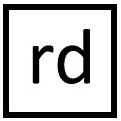I have been camera trapping (using remote cameras triggered by sensors) since 1989. Of all the genres of photography I have performed in the last 36 years, camera trapping easily remains the most challenging. There are so many variables that have to be predicted, and so many operational components that have to function flawlessly that when I achieve an image I am striving for, it is a mixture of technique, hard work, detailed thinking and dogged determination. For every camera trap image you will see of mine, there are likely several hundred images that failed for some reason: Out of focus, flash(es) failed, batteries exhausted, butt-shots, moisture, dust, dirt, bobcat pee on the lens, vandalism, wind knocking things over, rats eating cables, corrupt memory cards, leaves falling. Having been camera trapping for 30 years, my mistakes are gradually reducing, but only gradually.... I define camera trapping several ways:
"A photographic pursuit heavily invested in, and intimately associated with Murphy’s Law"
"A tortuous, mentally draining and physically exhausting path to cost and disappointment"
"The most challenging and rewarding photography I have ever done"
and truly, it is a combination of all three. While a lot of technology is employed in using a camera trap, by far the most important aspect (as with any photography) is lighting. Probably 80% of setup time is taken with the positioning of the light source(s). Yes, we have to mount transmitters, receivers, light sources, sensors, cameras and lenses and get them all working together nicely, but that part is relatively easy compared with creating and tweaking a natural lighting scenario. This holds true whether I am camera trapping mountain lions, water droplets, balloons bursting or anything else. Lighting is everything.
Well, lighting is almost everything! If I am camera trapping wild animals, I do as much research as I can to understand their habits and behavior. This involves reading, contacting experts, biologists and others to arm myself with as much information as I can take in. The more I know about an animal, the more I can empathise with it, and predict how it will appear in my image. Empathy is an important element of any wildlife photography, and with camera trapping, it is essential.
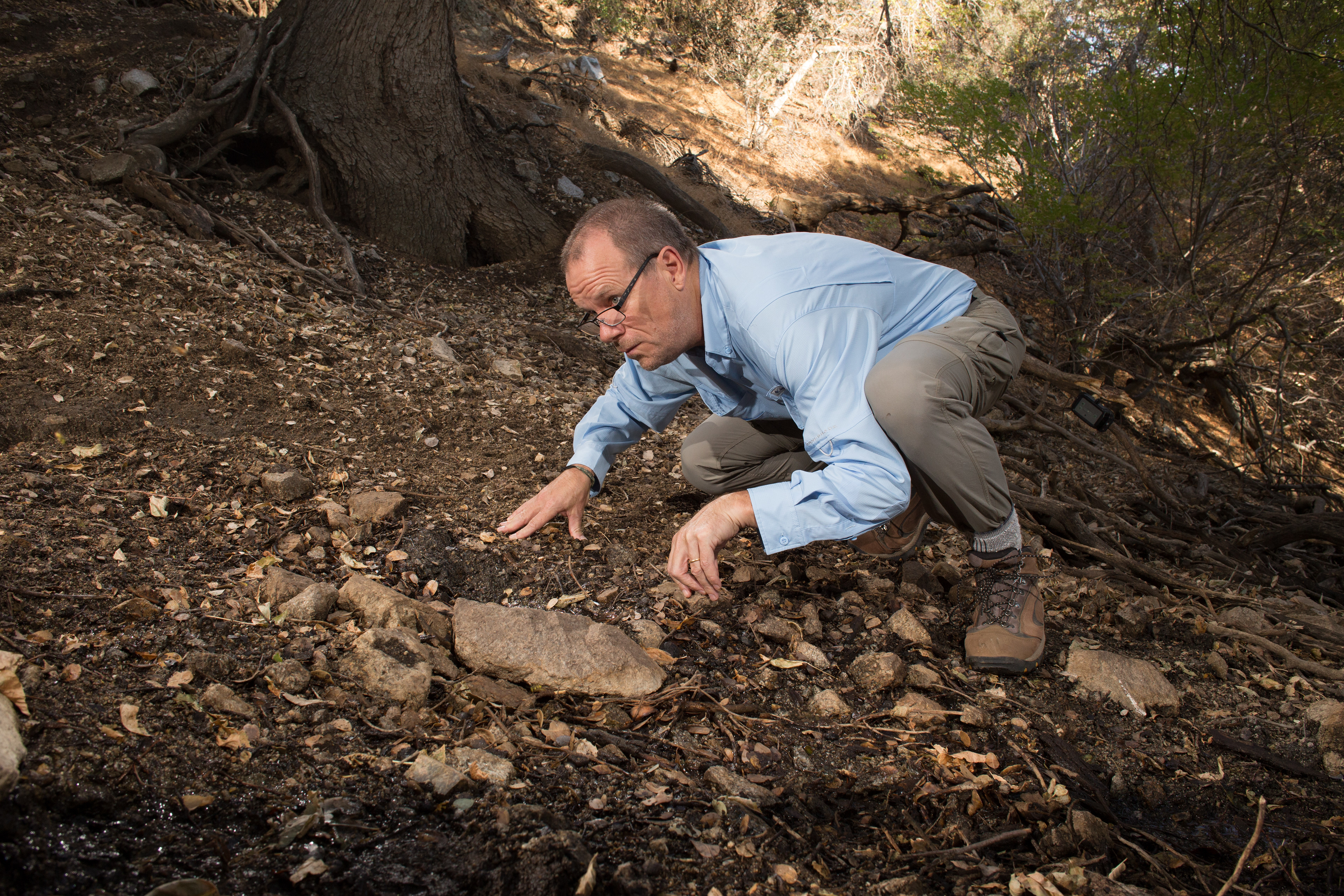
Roy trying to be a mountain lion
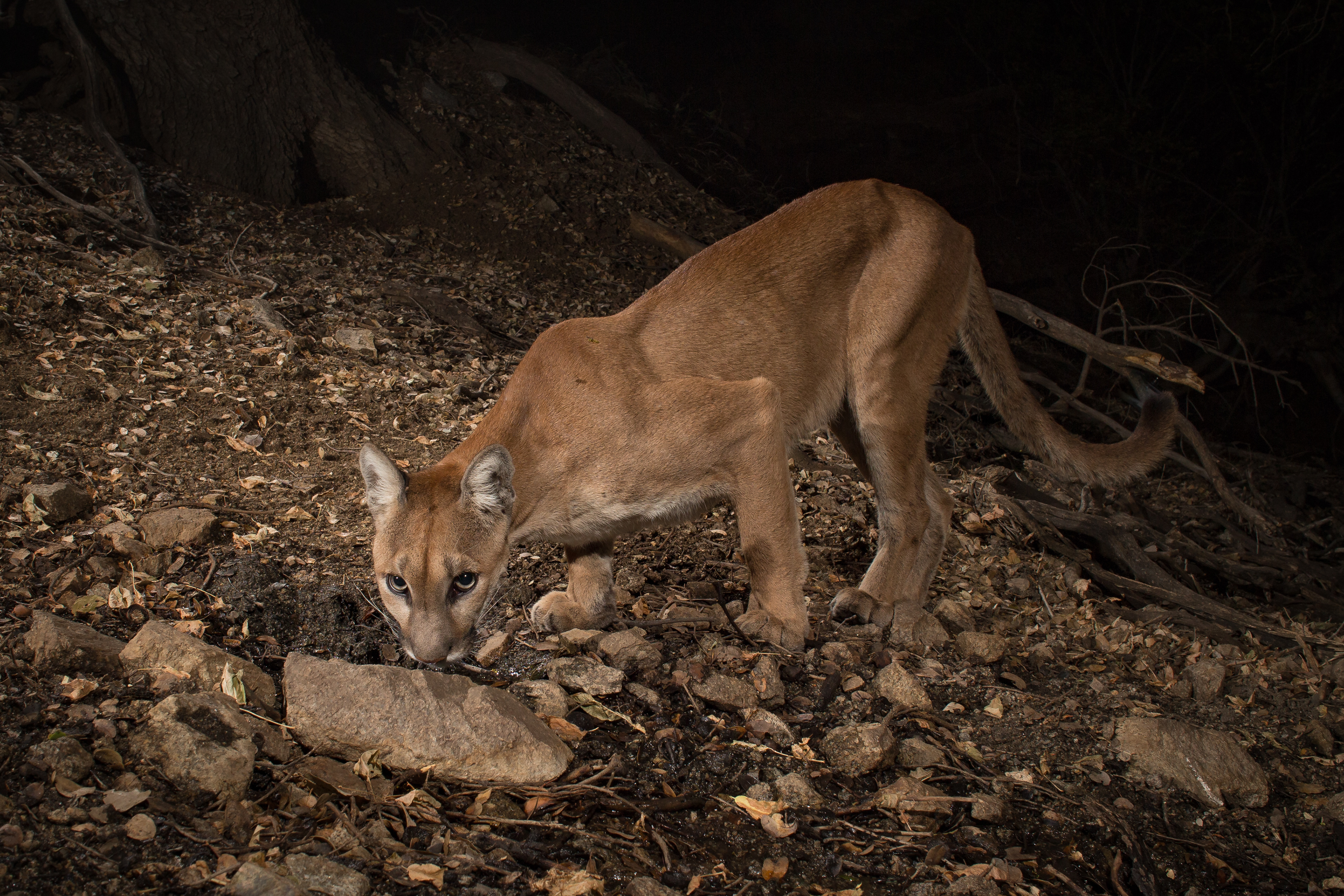
A mountain lion being a mountain lion
You can look at a general portfolio of my camera trapping work here:
People, especially photographers, are often interested in what gear I use. I have tried nearly every commercial camera trapping system that has been available over the years (most of those companies are now defunct), designed and built my own application-specific systems (some laser, some sound, some IR) and now use Cognisys gear for all of my needs exclusively. I cannot praise this company highly enough - the quality and flexibility of their gear is only surpassed by their customer service. Interestingly, it isn't just me who thinks this - ask NatGeo...
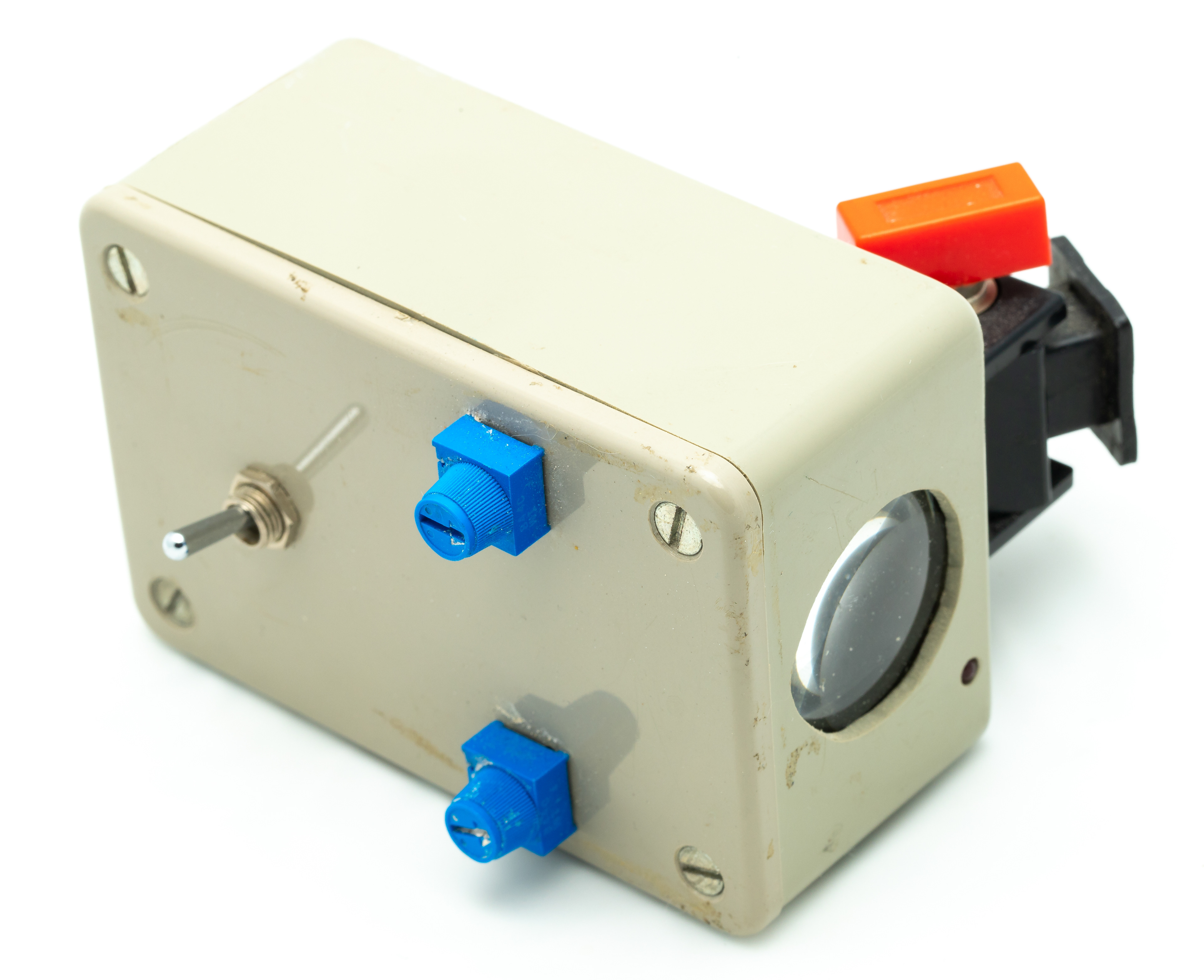
My first laser trigger - designed and built by me 1989

Mazof Trigger
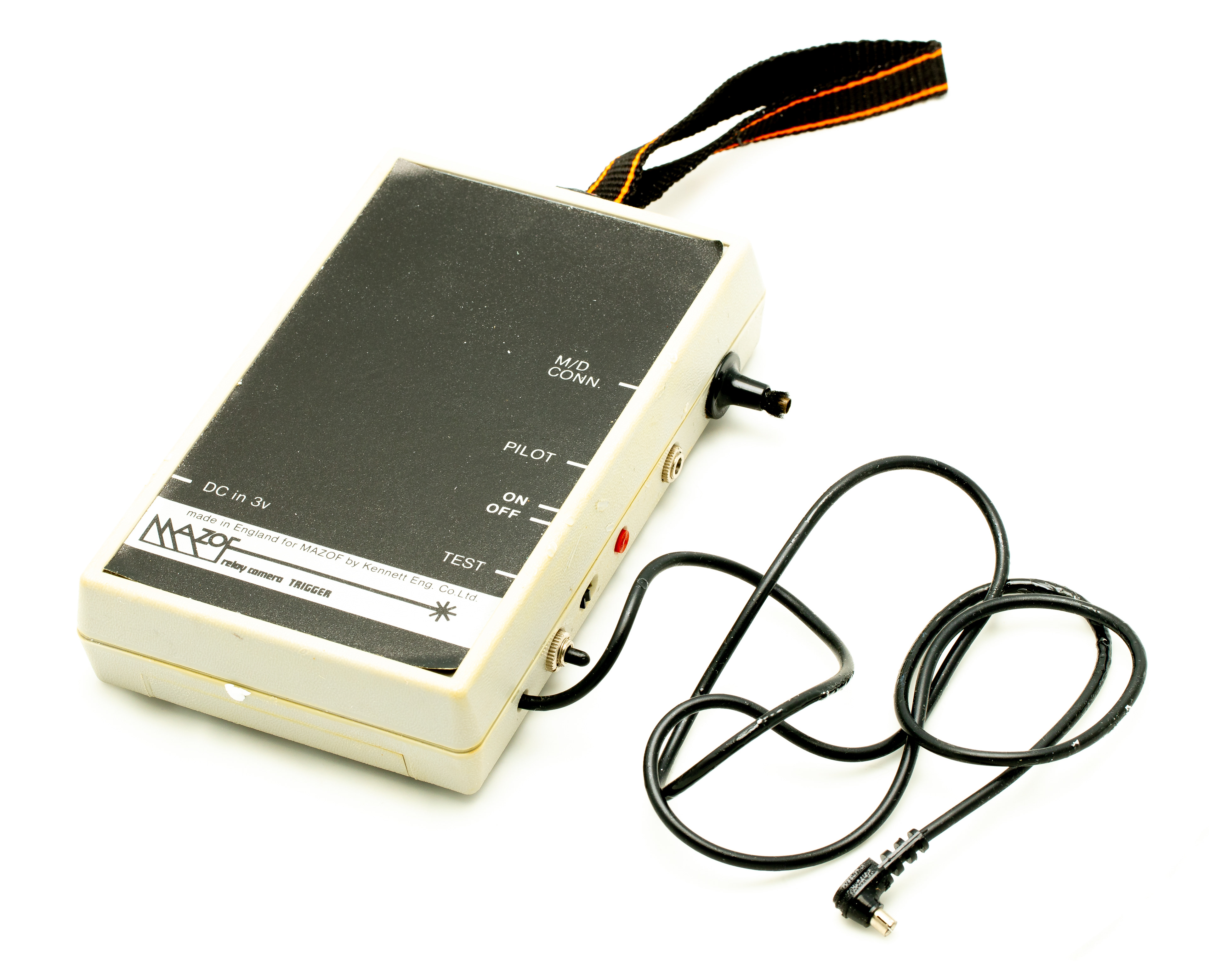
Mazof Trigger 2
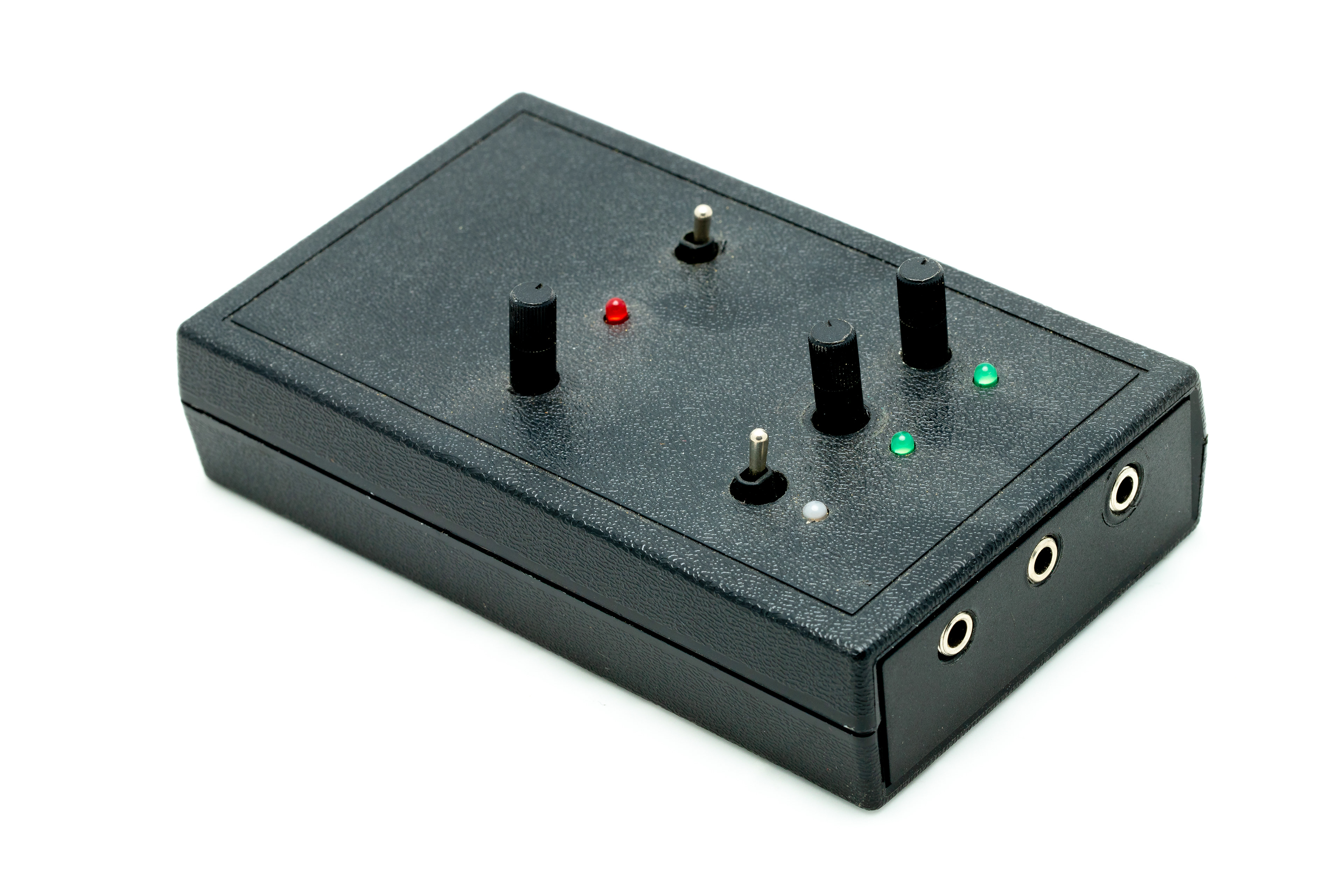
Dual beam trigger i designed around 1991
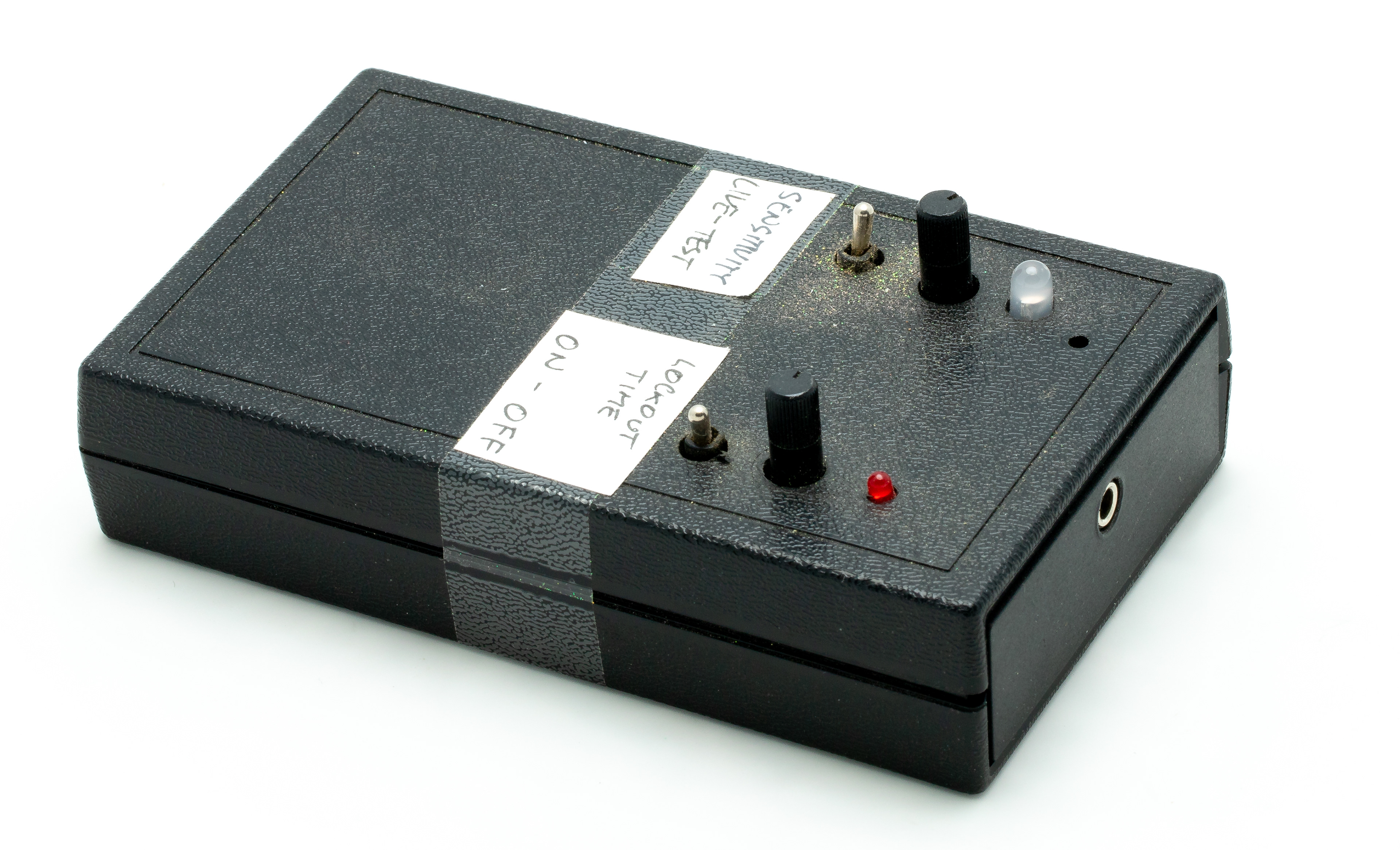
Sound trigger I designed in 1991
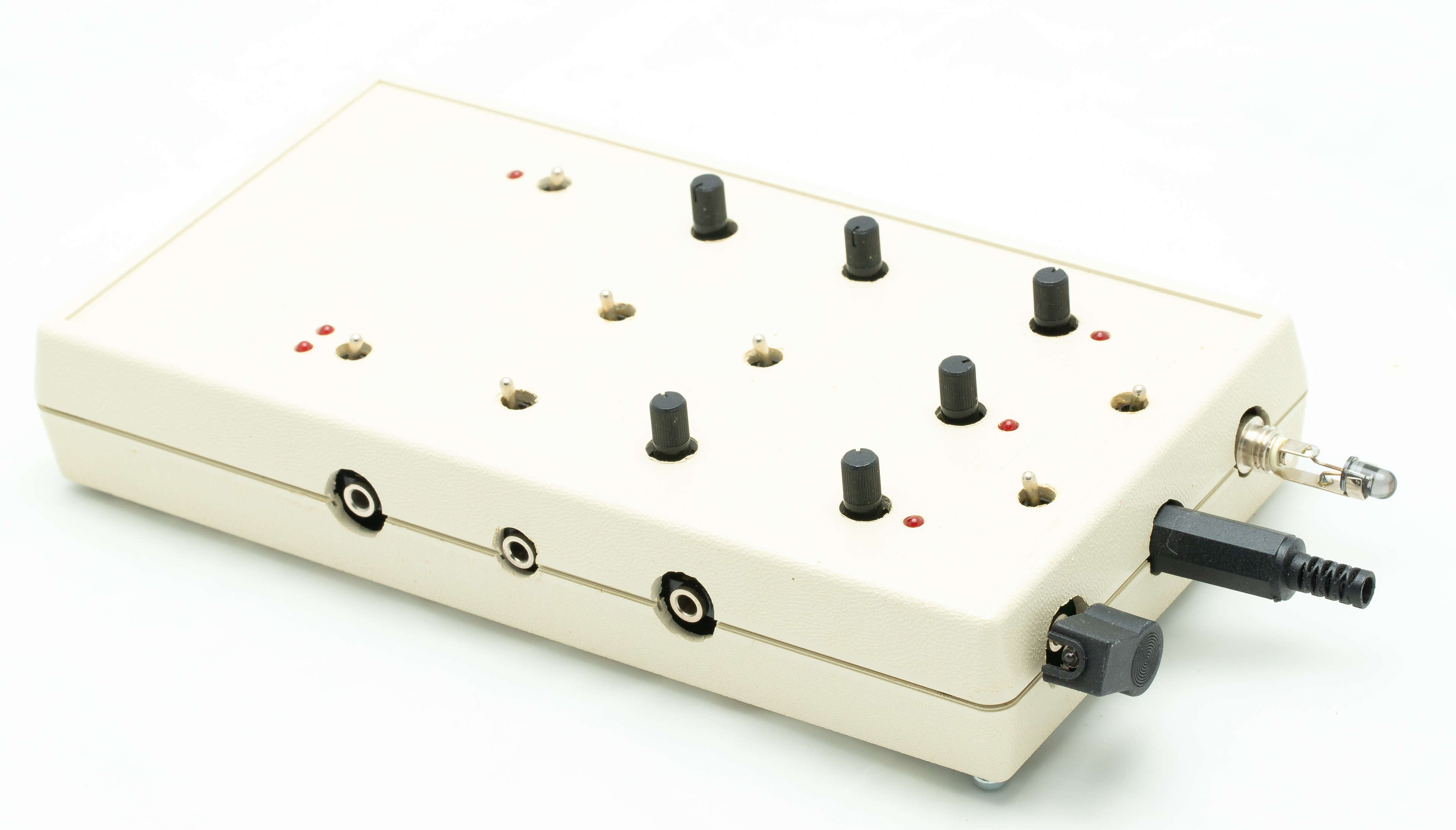
The Hotshot trigger I designed and built in 1994. Dual beam, Flash ready capability
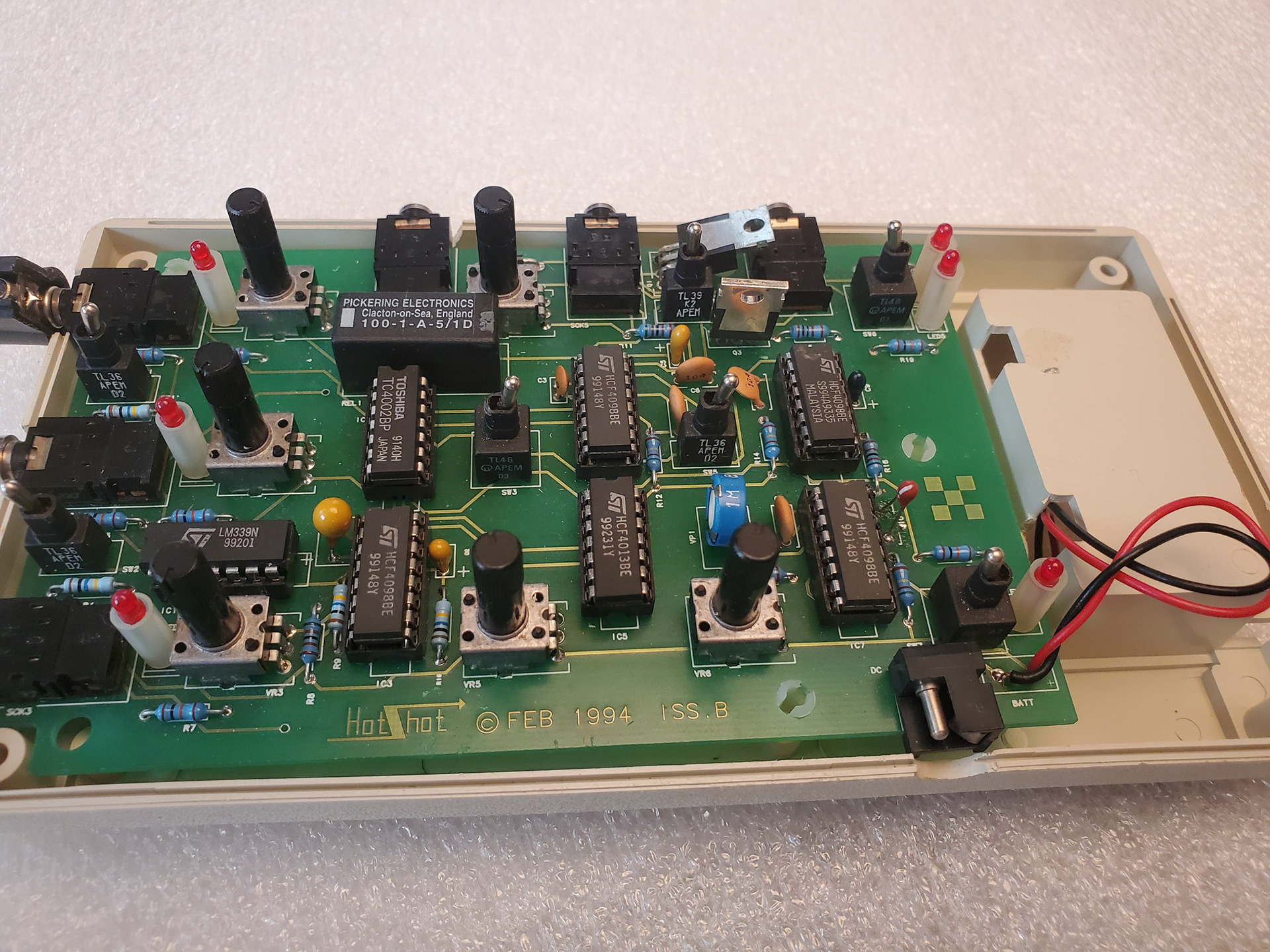
Inside the Hotshot. My own design.

The trusty Trailmaster
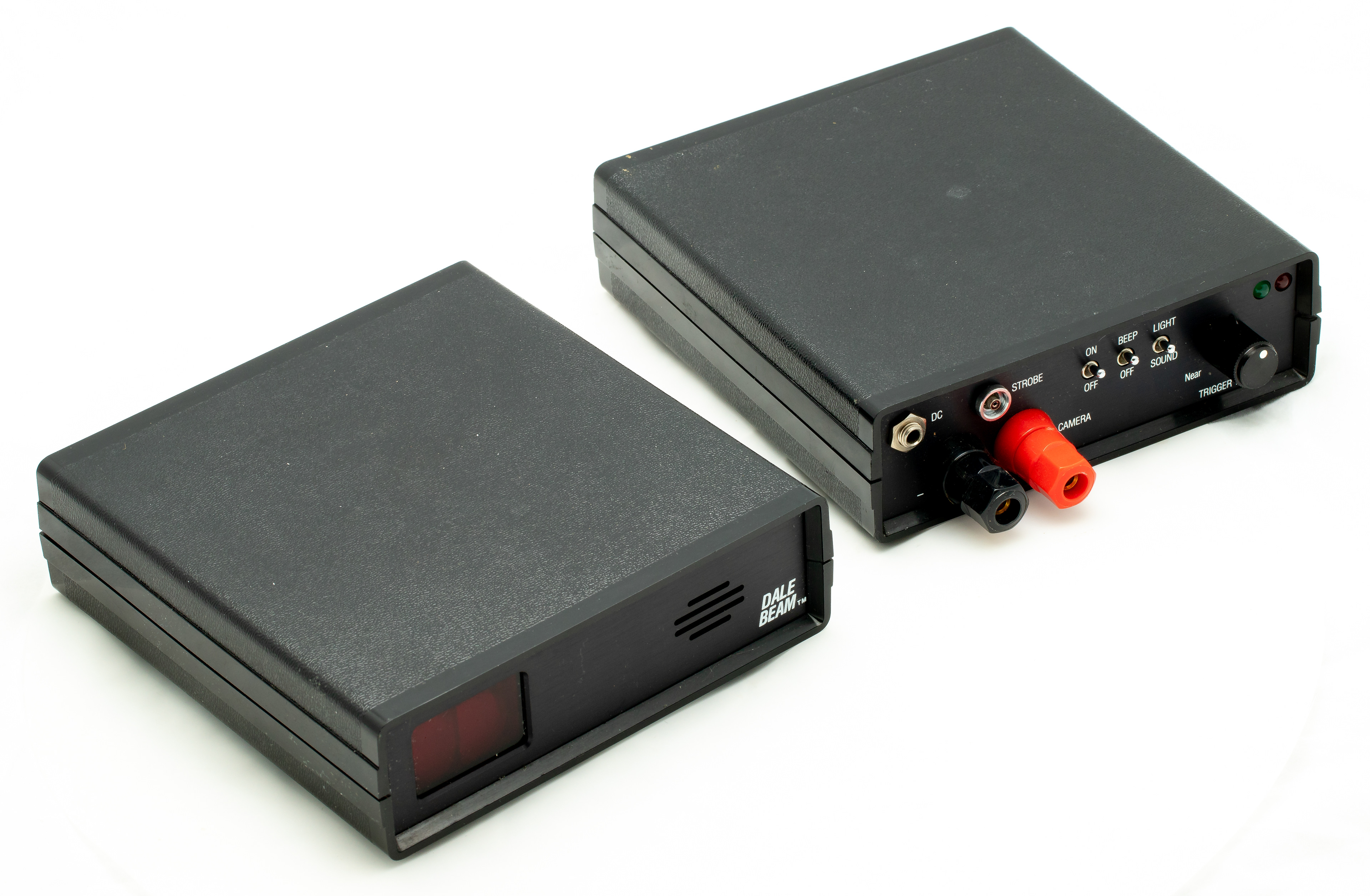
The Dalebeam
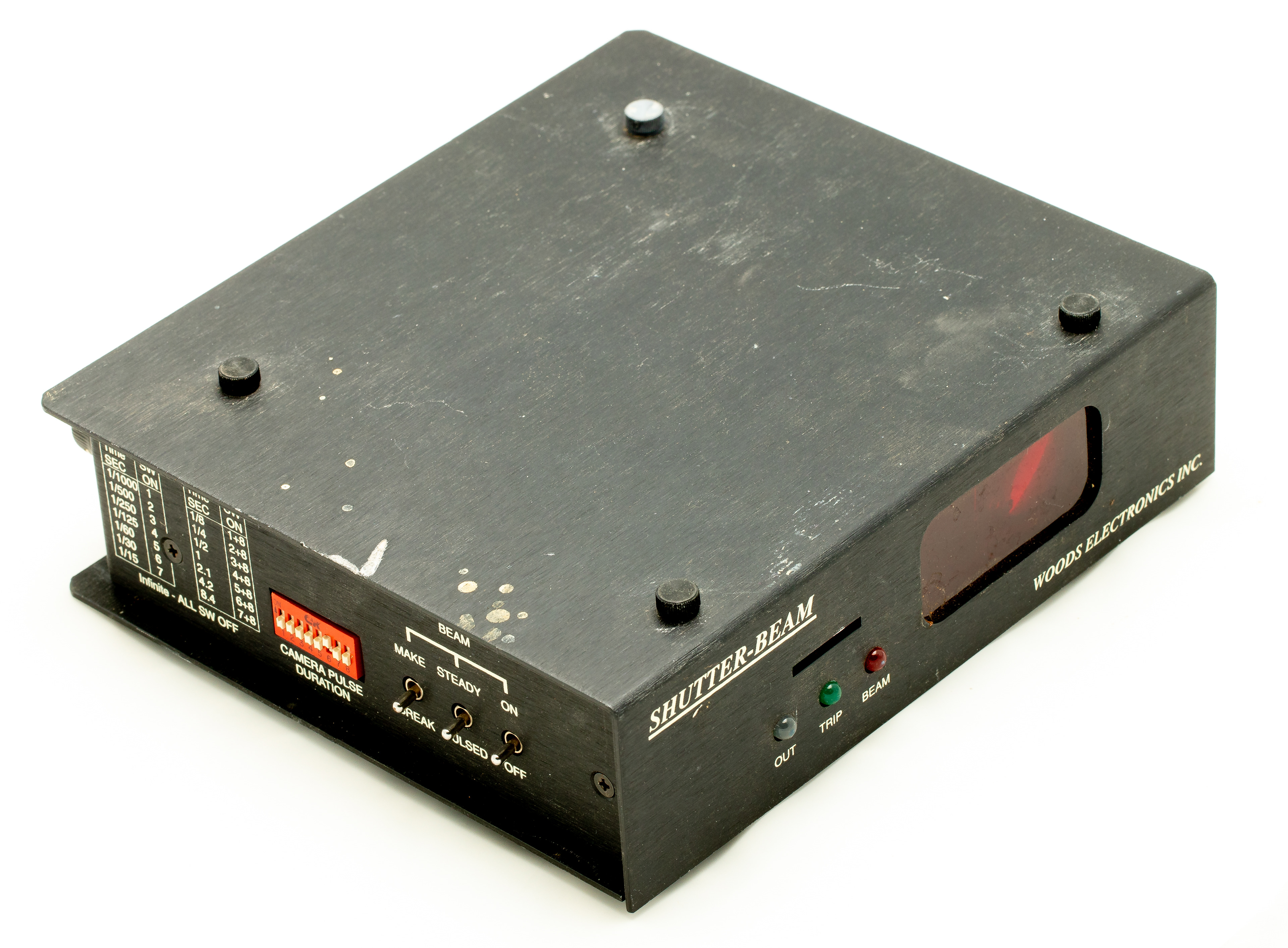
Woods Electronics' ShutterBeam
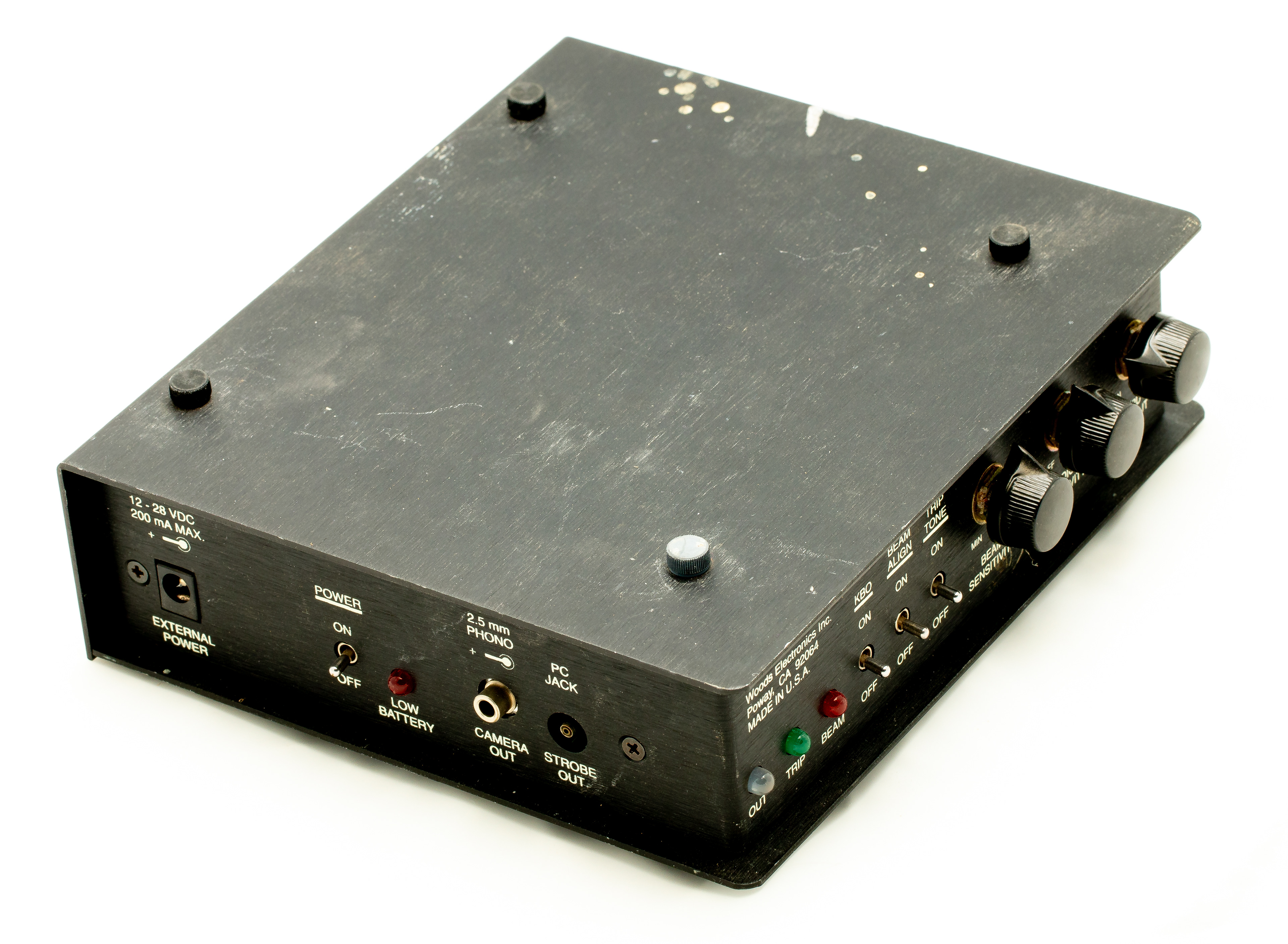
Back side of ShutterBeam
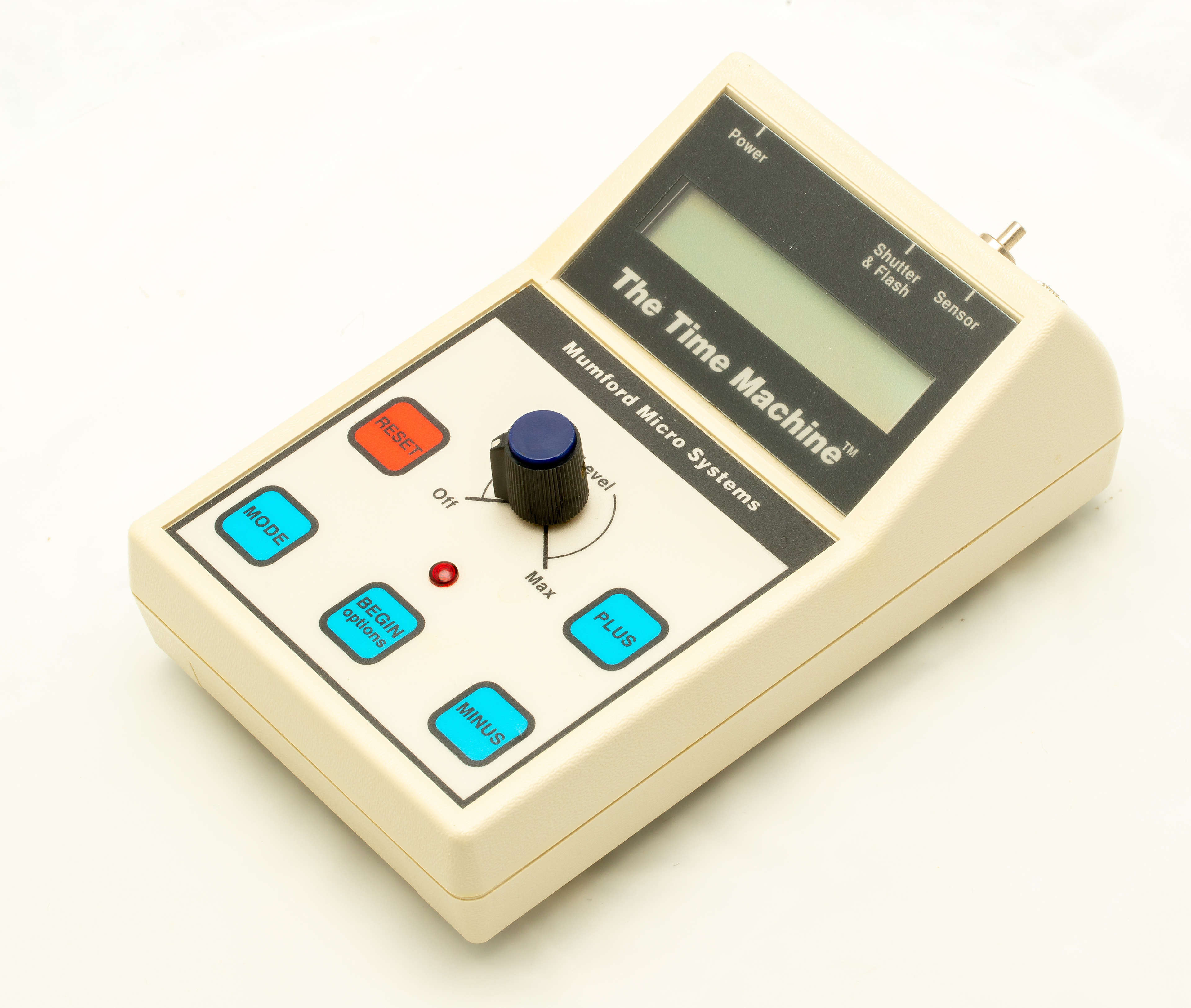
Bryan Mumford's Time Machine
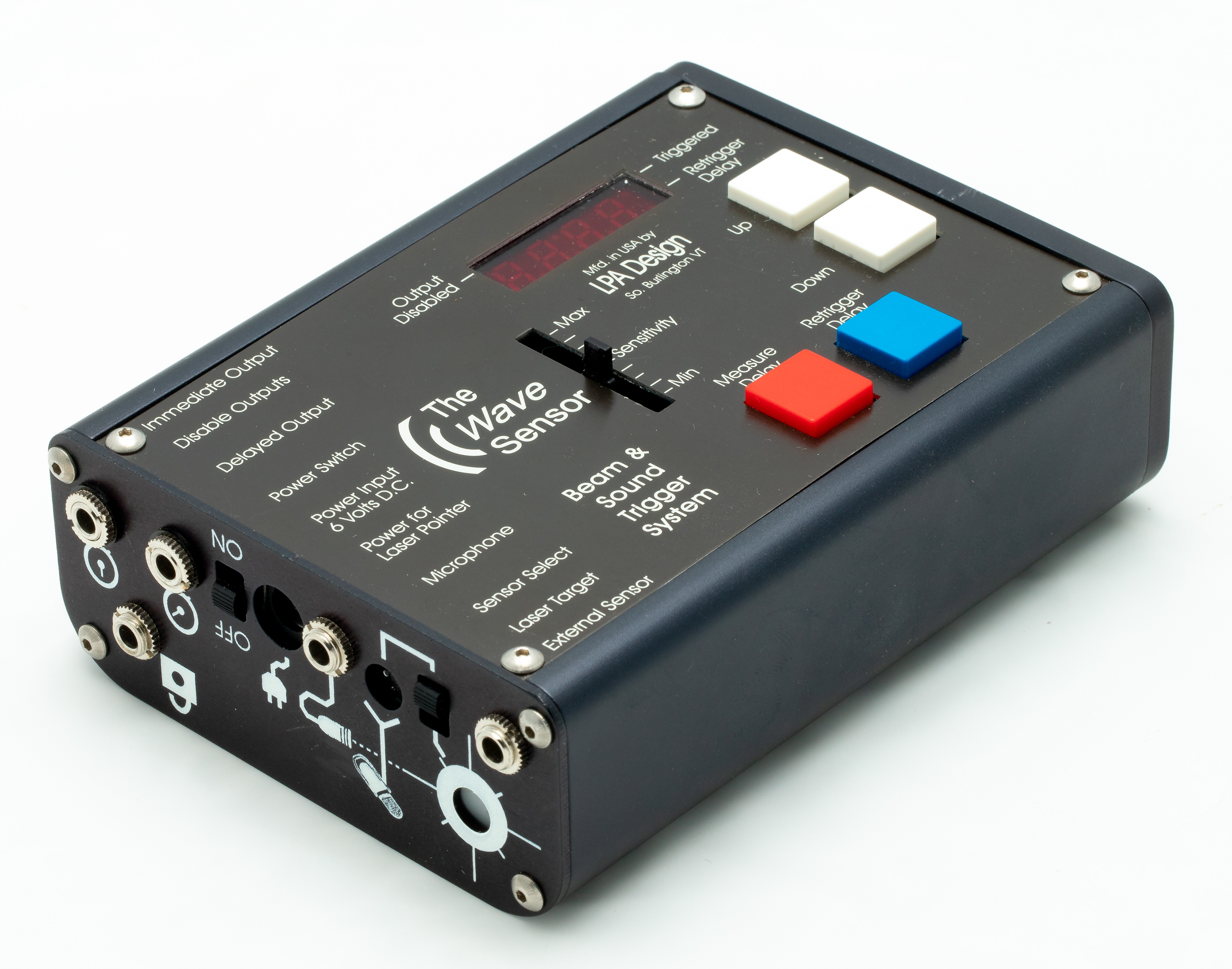
LPA's Wave Sensor
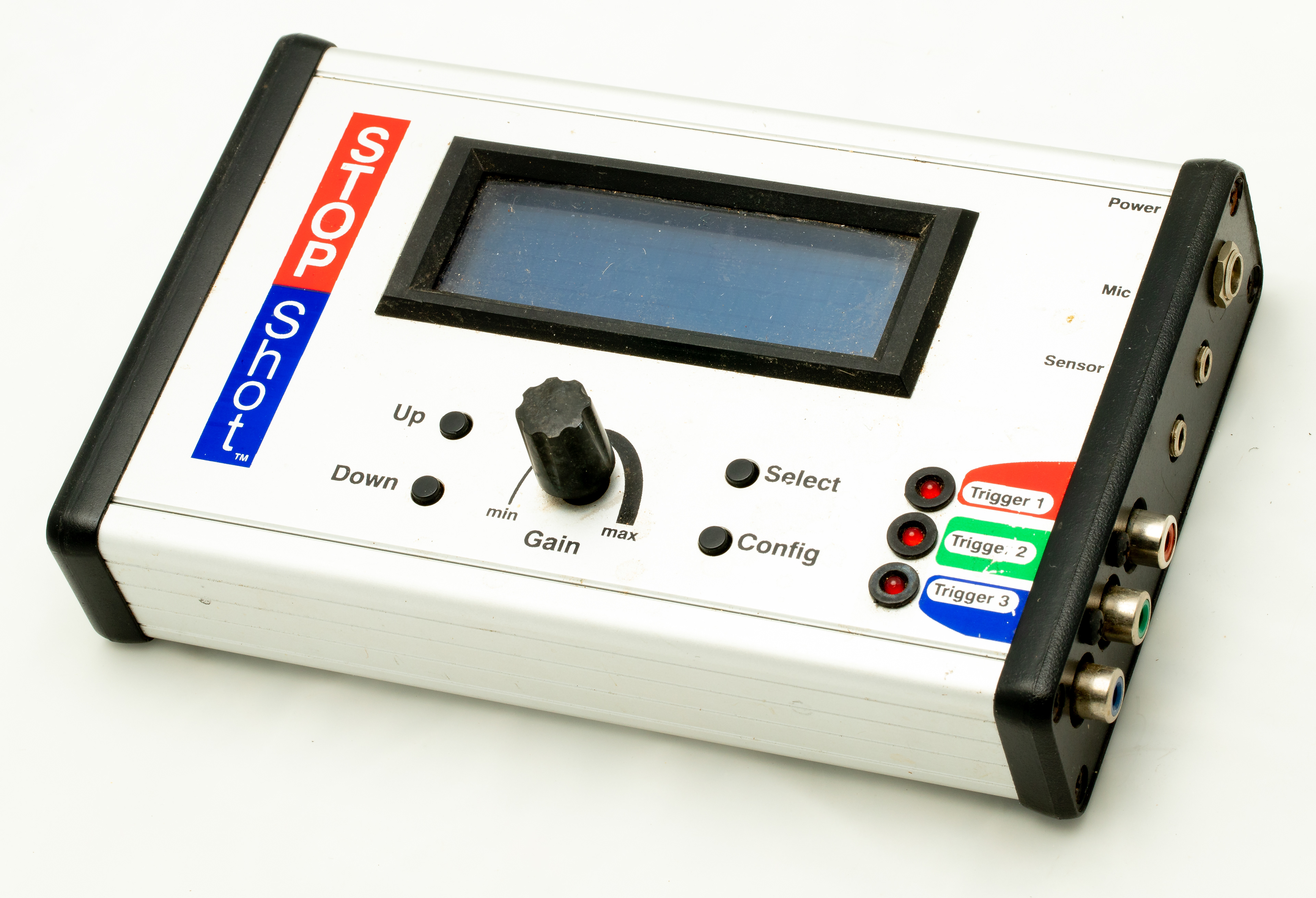
Cognisys StopShot
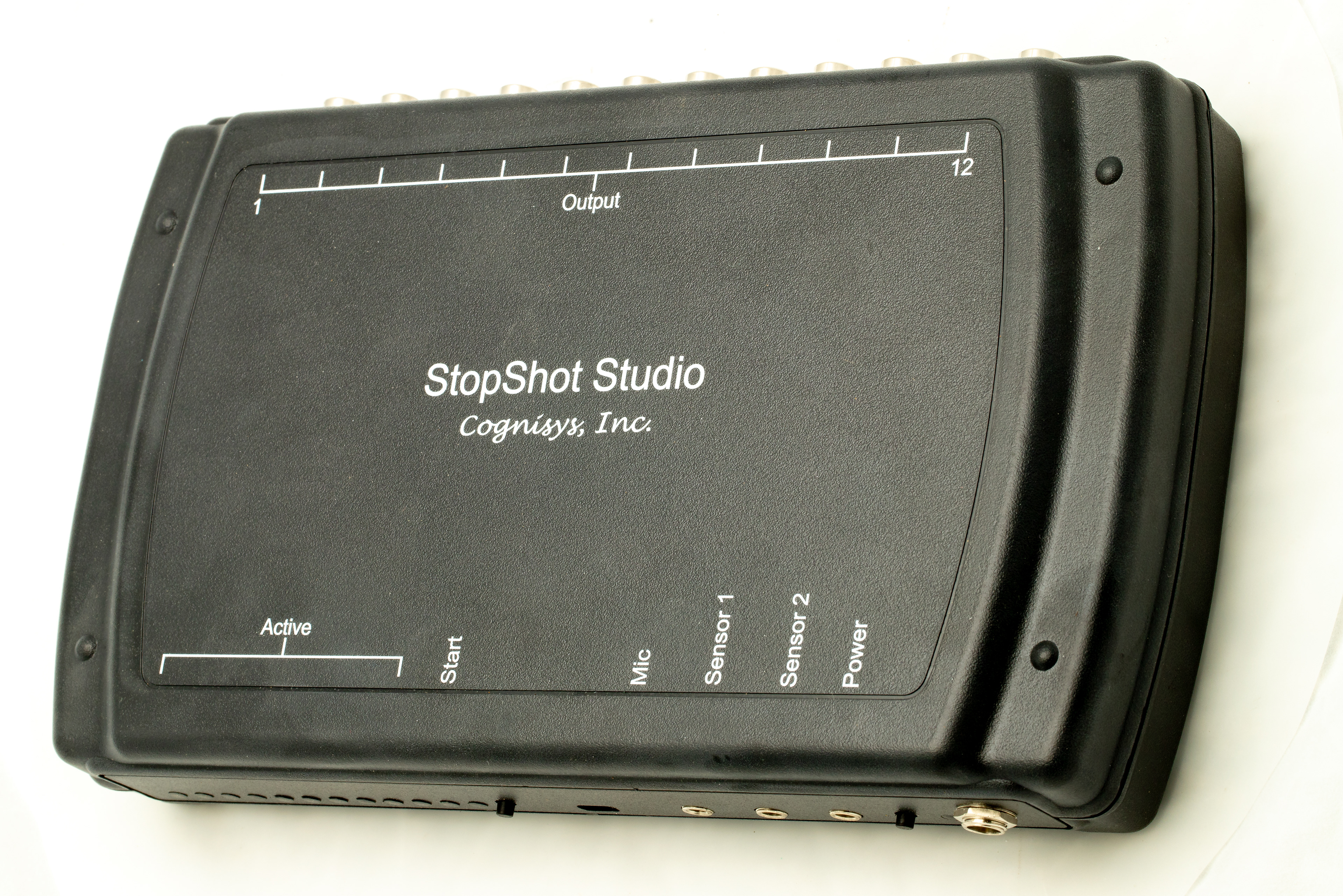
The infinitely flexible 'StopShot Studio'
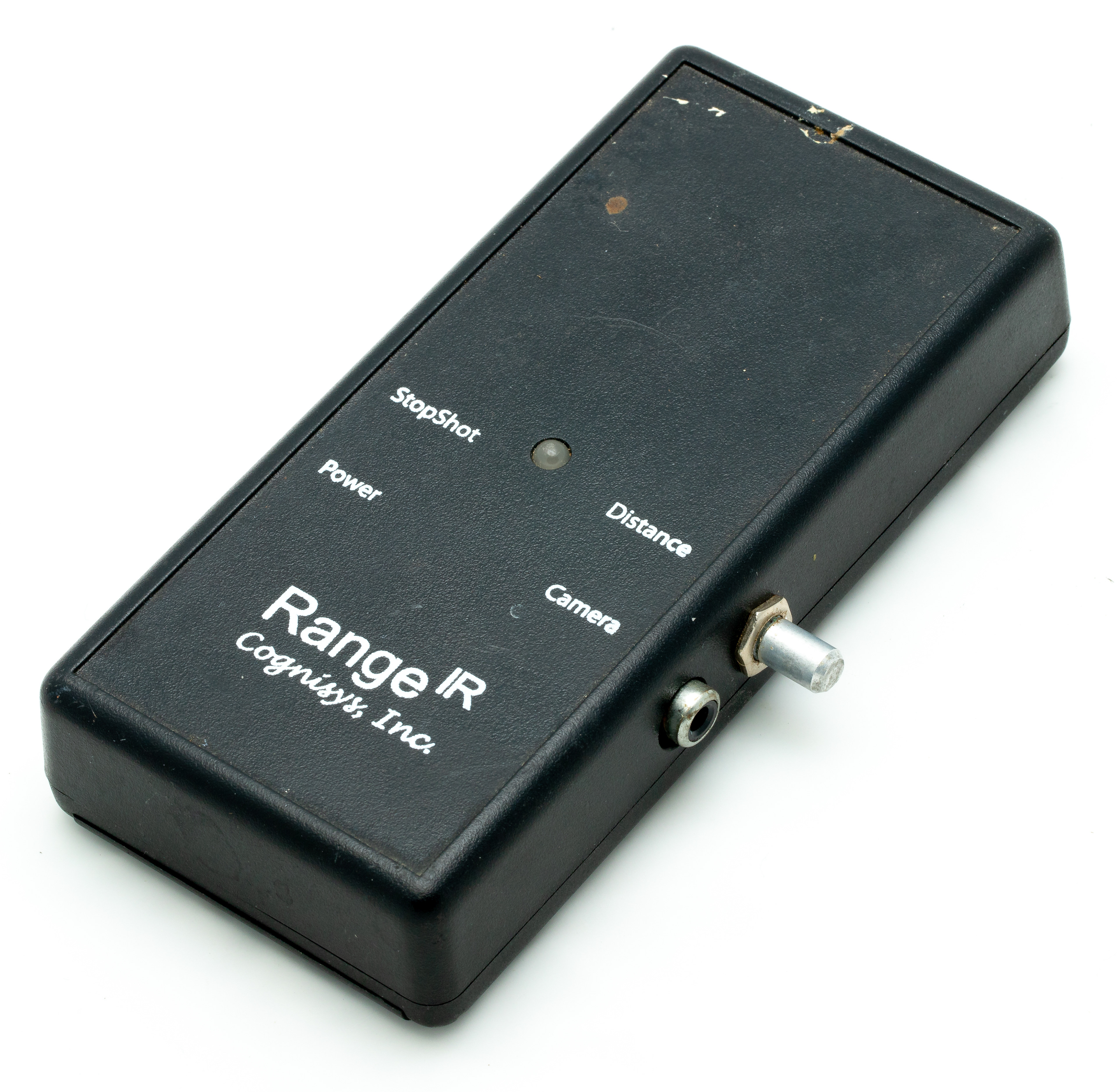
Cognisys RangeIR
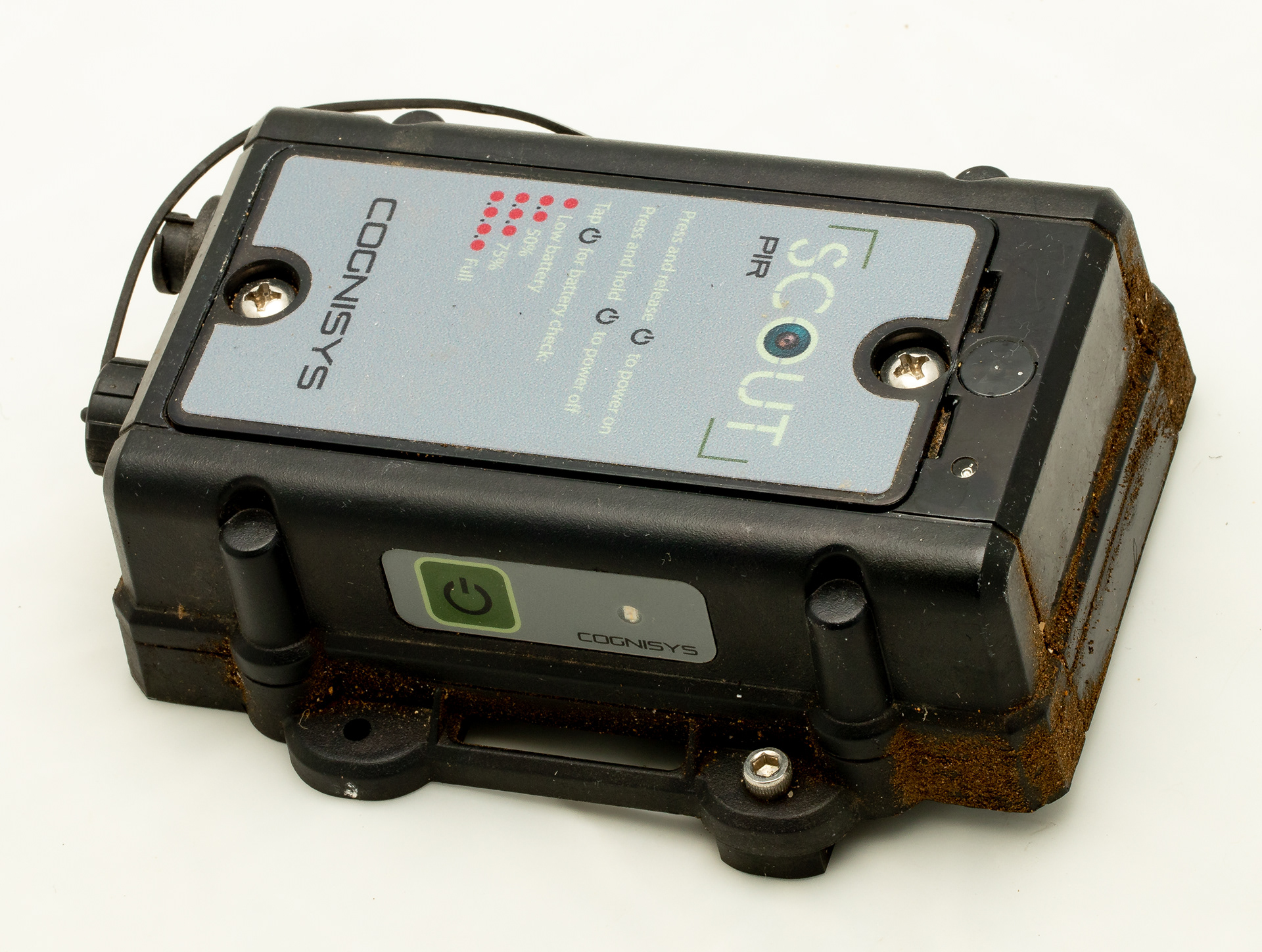
Cognisys PIR sensor (Way better than Camtraptions)
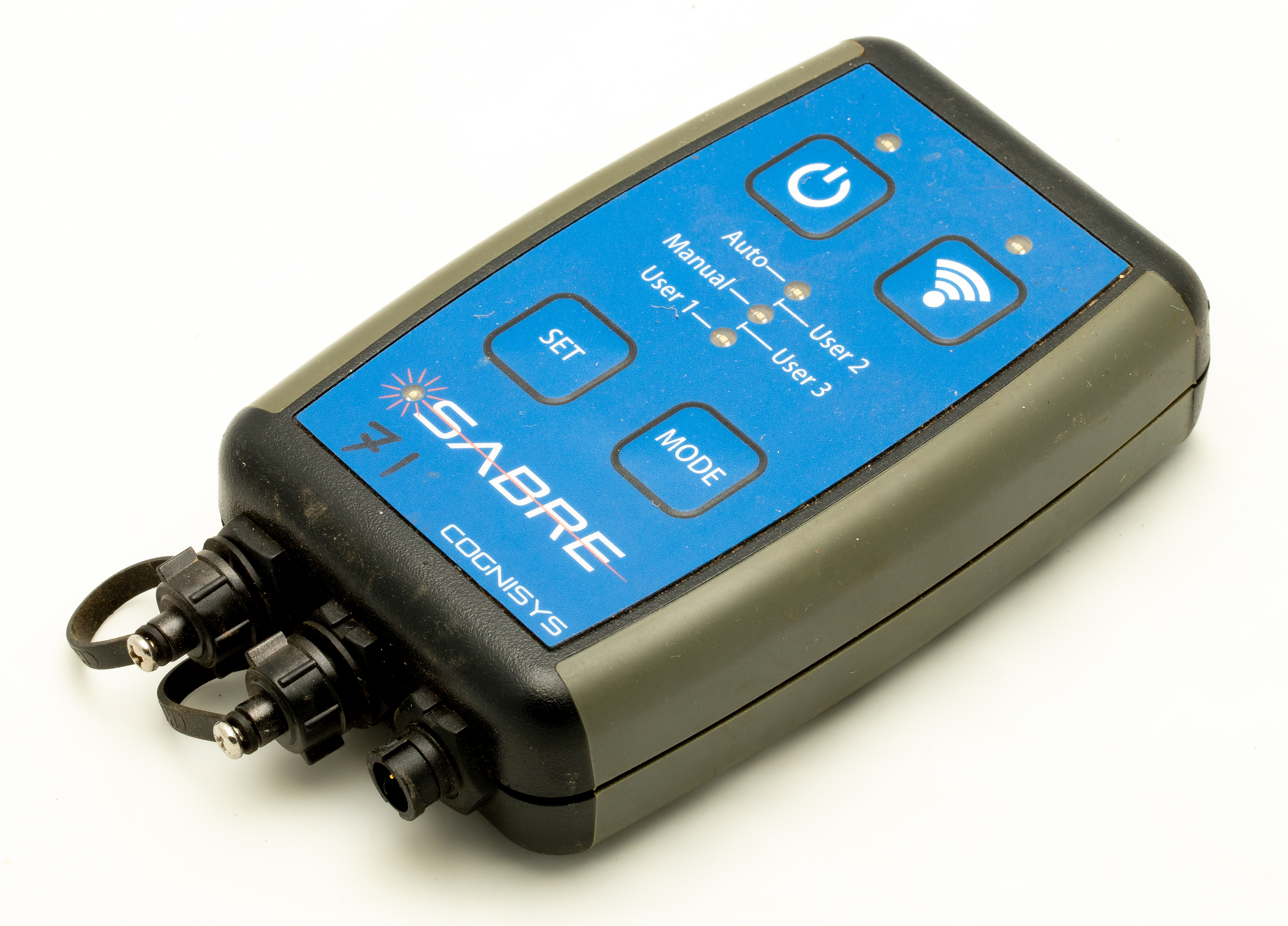
The innovative Cognisys Sabre
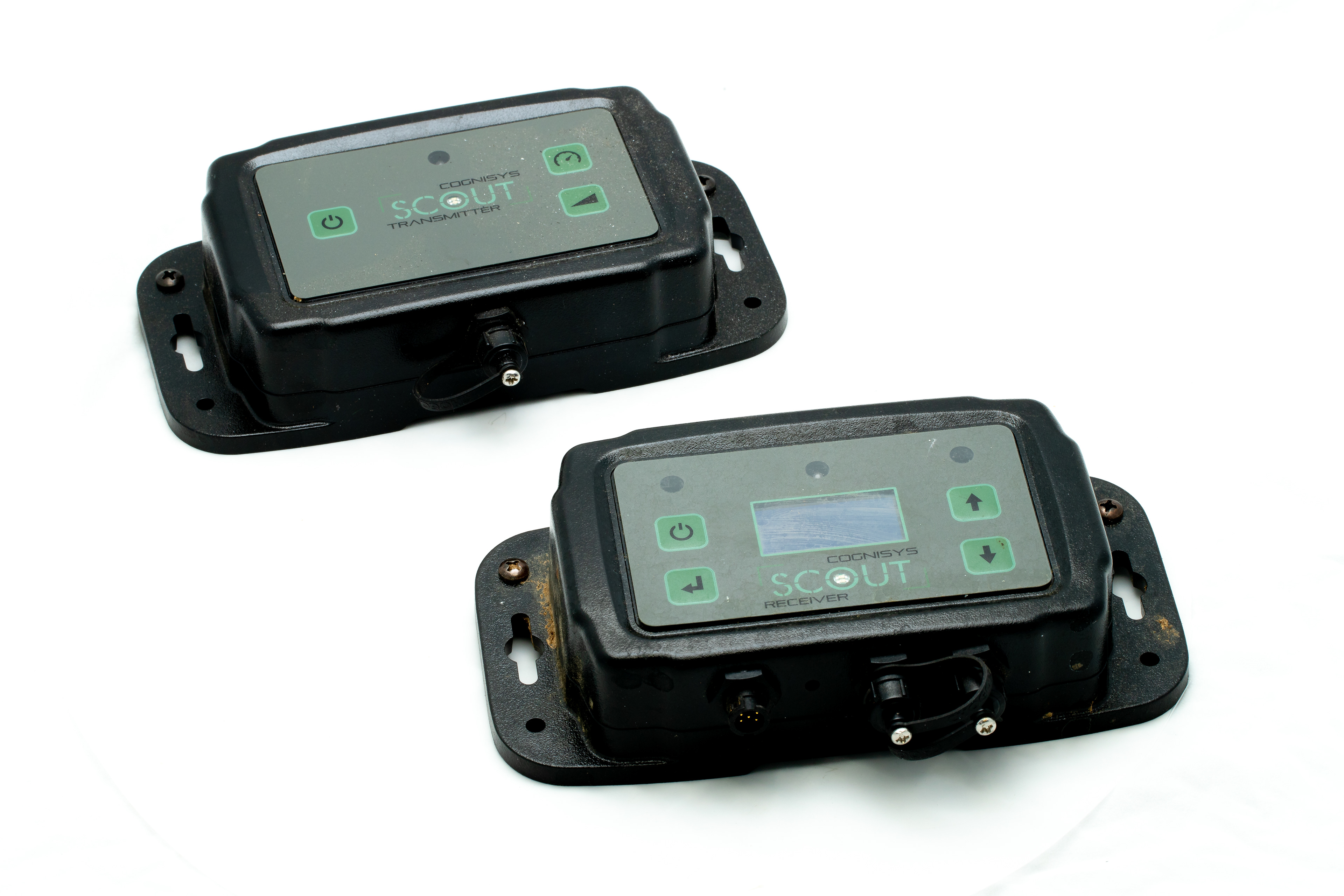
The best active IR beam sensor - Cognisys Scout
I shoot both stills and 4K video with camera traps. For stills, I tend to use Canon 5DsR cameras and Canon EF lenses. For video, most of which is nocturnal, I use the Sony A7SII camera, with a Sigma lens converter and Canon glass. The low light capability of the Sony A7SII is far beyond anything else out there at present.
